The South American continent, with its relics of ancient civilizations, millions of square kilometres of dense jungle that pumps oxygen out into the world and rich cultures that have survived invasions and epidemics, has become far more accessible to global travellers.
But I guarantee that for every country you might have visited, there are number you’ve never heard of.
Despite its profusion of pristine rainforest, larger-than-life wildlife and cultural heritage with roots across the globe, Guyana is one of those.
A country the size of Idaho or England, it hugs the Caribbean Ocean in the far northeast of the South American continent, tucked between Venezuela, Brazil and another forgotten enclave, Suriname.
Some compare it to Venezuela before the country collapsed into social and economic disrepair, while for others, its forest-cloaked interior feels like the remotest parts of Brazil.
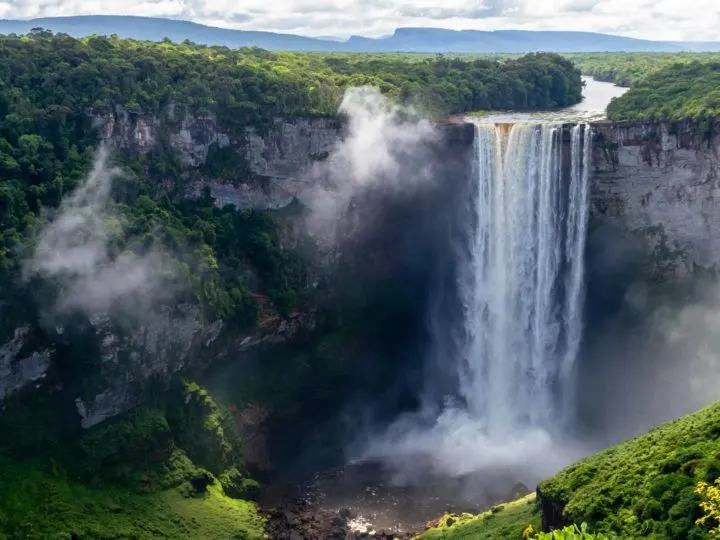
I’ve spent the past nine years exploring South America and for me, Guyana has no comparison. It’s a place of mystery and intrigue; a nation where access to some of the continent’s most magnificent wildlife awaits at each and every remote jungle lodge.
And honestly, if I had to decide on a destination to travel this year, Guyana would win hands down. I’m not alone in this; it was included in Lonely Planet’s Best In Travel list for 2023.
Don’t believe me? Here are 12 reasons why Guyana should be your next travel destination.
1. No one seems to have heard about Guyana yet
Let’s start at the beginning. One of the most ironic things about Guyana is that, despite all of its treasures, there’s something still missing.
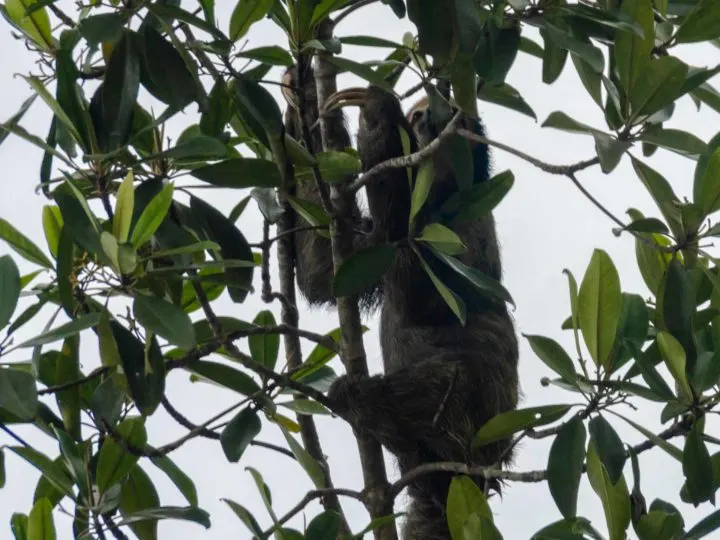
They’re called tourists.
Guyana receives just a few hundred thousand visitors per year, and, even more remarkably, the vast majority make it no further than the capital city, Georgetown.
To put this into perspective, estimates suggest that just 4,000 tourists arrive to Guyana each week – which is about the same number that visits Machu Picchu in Peru each and every day.
The problem is, Guyana’s been winning awards left, right and centre for its sensitive and responsible approach to tourism. As a result, the secret of this wild land is slowly finding its way out into the world.
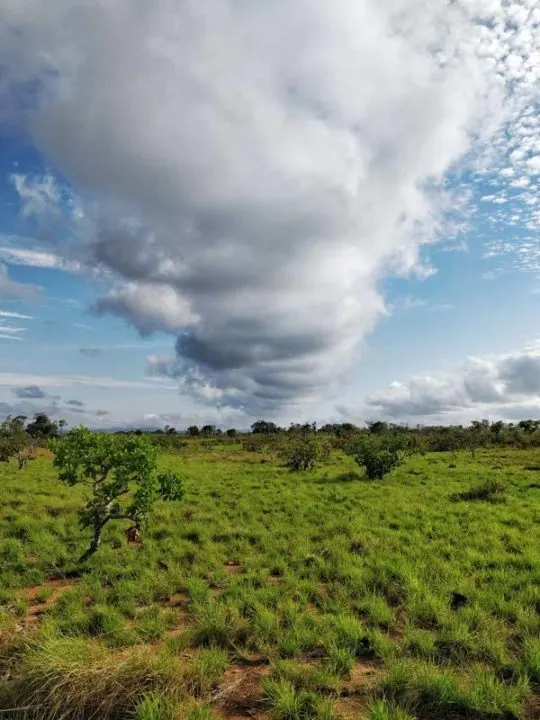
If, like me, you love destinations where you can practically count the number of other visitors at major landmarks on just one hand, then Guyana really needs to become your next travel destination.
Wondering How You Can Plan A Once-in-a-Lifetime Trip to Guyana?
It’s genuinely difficult getting around Guyana without a tour. Roads are in poor condition and many of the sites are only accessible with a private plane or motorboat. I travelled to Guyana with Wilderness Explorers, a local company that has spent 25 years developing sustainable tourism in Guyana and organizing once-in-a-lifetime trips for intrepid travelers. The trip was truly incredible – and saved me so much time trying to get around alone.
They’re now offering Worldly Adventurer readers a 5% discount on all of their hand-crafted Guyana itineraries – just mention Worldly Adventurer when you enquire!

2. Guyana’s home to one of the largest stretches of untouched rainforest on the planet
While the Amazon further south might be the Queen Bee of rainforest, few people have heard of the Guiana Shield.
This is one of the largest stretches of untouched tropical rainforest on the planet, covering 270 million hectares and crossing into neighbouring Suriname, French Guiana, Brazil, Venezuela and some of Colombia. As a result, some 8 per cent of Guyana is covered in practically impenetrable rainforest.
Ultimately, this means that Guyana is not a place of modern conveniences and boutique hotels.
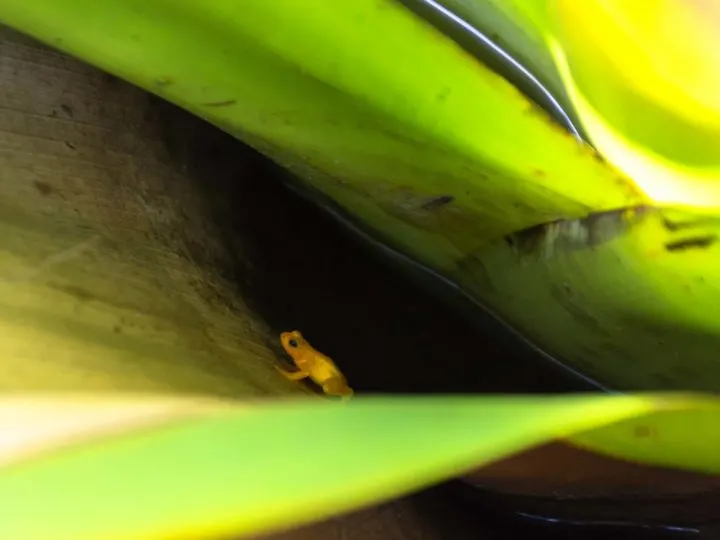
But what you will find here is disconnection from life and the opportunity to stop and appreciate pristine natural landscapes which are visited by few other humans.
3. There’s larger-than-life wildlife – and excellent chances for a sighting
Thanks to this extensive rainforest coverage, Guyana is an outstanding refuge for wildlife. While reserves such as Parque Nacional Madidi in the Amazon Jungle are considered some of the most biodiverse on the planet and excellent places to encounter rare species, Guyana is also worth its salt when it comes to the natural world.
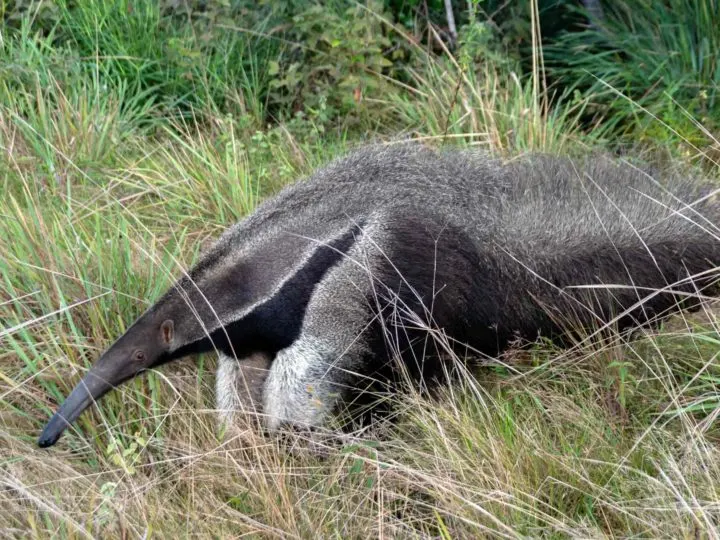
What I learned about Guyana is that while you can never guarantee a sighting, there’s a strong chance you’ll spot at least one of the giant species for which the country is famed.
The most memorable moment on the trip was the 15 minutes I spent watching a recently-awoken giant anteater stumble around the grass. It was just metres from me and my camera – something I never once thought would have been possible.
Other sightings were equally impressive.
Giant river otters paddled playfully ahead of our canoe on a barely-rippled stretch of water.
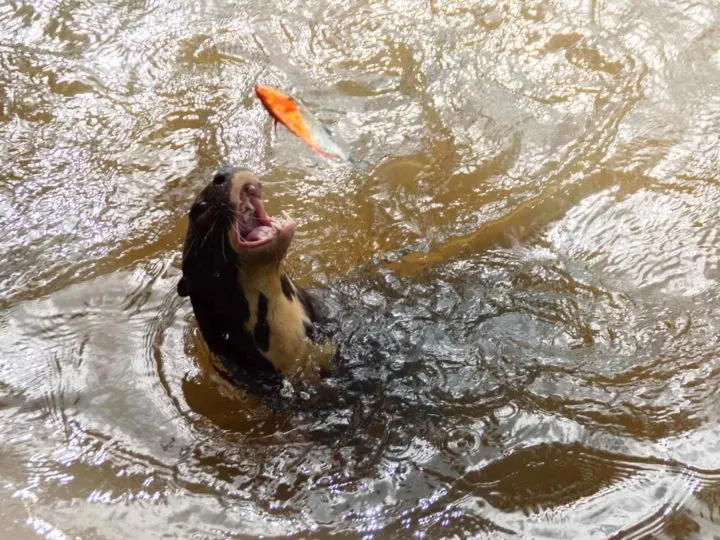
Bird-eating spiders (the largest type of tarantula in the world) were tempted out of their burrows by our guides.
A puma even padding nonchalantly across the dirt highway in front of our van. We didn’t get to see a jaguar, but then again, you can’t have everything.
4. Exploring Guyana is an adventure from start to finish
Most visitors to Guyana head deep into the jungle of the interior. But, travelling through this country is no mean feat. This is because it’s home to a mere clutch of roads and just one main highway: an unpaved road slicing from Georgetown on the coast down to the south.
Guyana means “Land of Many Waters” and, as such, you can expect to spend plenty of your trip puttering up the mighty Essequibo River and its tributaries.
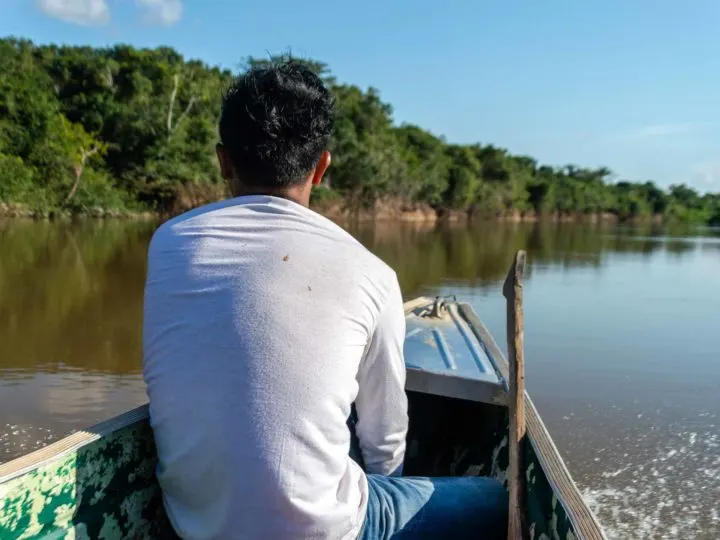
While boat transport certainly isn’t the most comfortable, it’s the prime opportunity for wildlife spotting.
Keep your eyes peeled and you’ll be rewarded with front-row views of osprey pelting the river as they pluck fish out of the water or the red howler monkeys scowling down from the forest canopy.
No form of transport promises a more spectacular vantage, though, than the light aircraft that connect the capital with the country’s most distant enclaves.
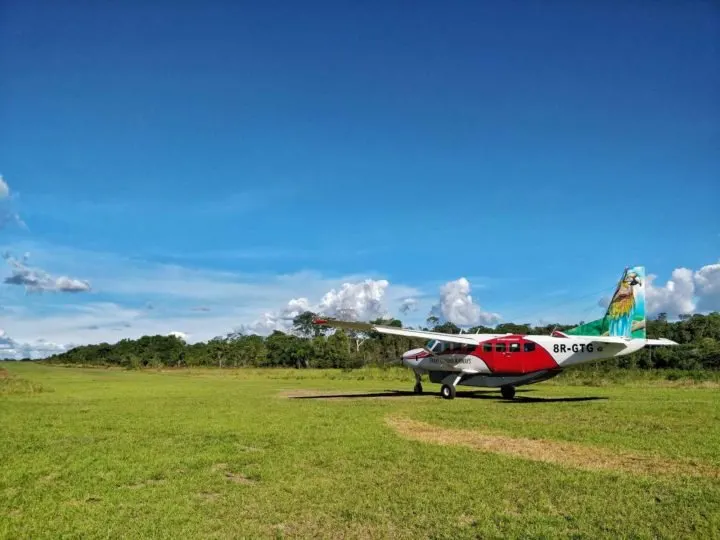
It’s likely you’ll take at least one flight and while it’s an exercise in trust (you really do hope the pilot knows what he’s doing), it’s also an extraordinary experience. You’ll spend the entire journey peering out of your window and appreciating the vast, seemingly unending carpet of rainforest and rivers below.
5. It’s home to one of the world’s most unsung waterfalls
Is it me or do some landforms get all the attention? Niagara and Iguazú – sure, they’re beautiful. Angel Falls: that’s one big set of falls. But there’s a world record holder that I bet you’ve never even heard of, and it’s found right here in Guyana.
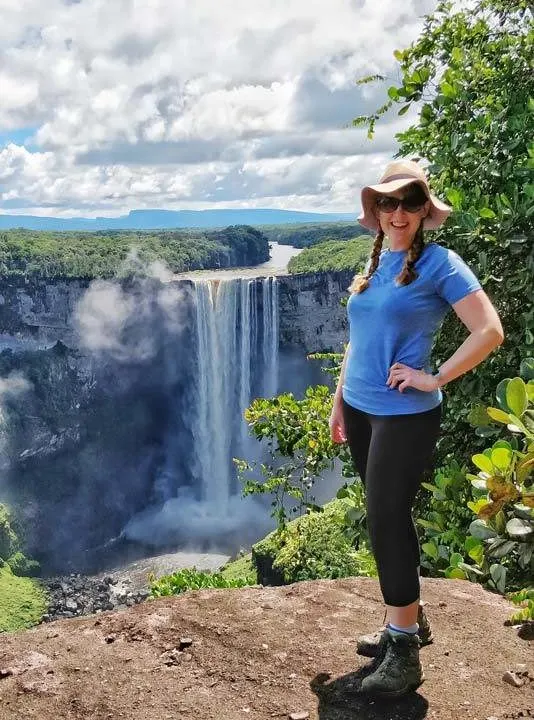
Imagine standing on a viewpoint mere metres away as, second by second 30,000 gallons (113,500 litres) of water foam roar before you. Throw in a 741ft (226m) sheer drop and you’re got Kaieteur Falls – officially the world’s highest waterfall by volume and five times taller than Niagara.
But Katetuer’s majestic scale is trumped by the fact that this waterfall is practically a secret.
Like at most of Guyana’s treasures, it’ll be a busy day if there are more than a handful of other people when you arrive.
6. Your visit is helping to preserve the rainforest
The climate emergency and flygskam (flight shame) have led many of us to actively reduce the number of flights that we take each year. However, while flying is believed to contribute around 2% to global carbon emissions, there’s still an argument that travel can do some good – and in Guyana, there’s a strong case for this.
Lodges across the country have made vital contributions to conservation. Indigenous-run Rewa Eco-Lodge is a case in point.
Surrounded by 350 square kilometres of now-protected rainforest, the community has played an integral part in protecting their jungle from the threats of gold mining, logging and oil extraction.
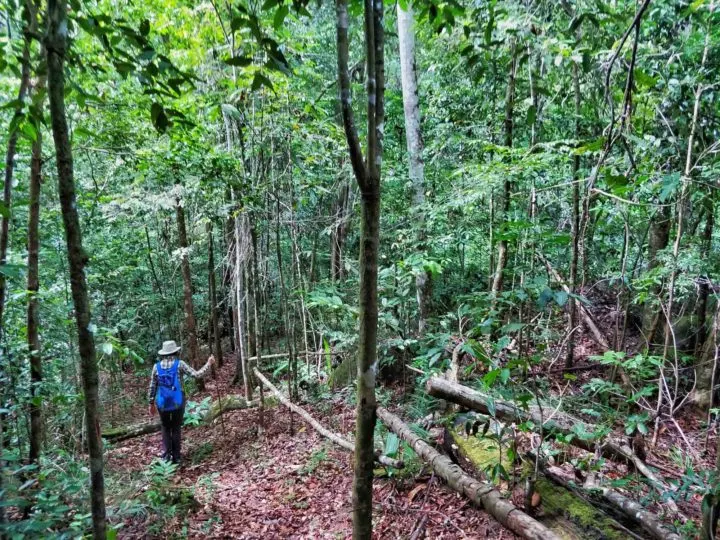
Tourism has enabled communities like this in Guyana to live sustainably, thus providing an alternative source of income.
As a result, the rainforest continues to absorb around 700,000 tonnes of carbon each year – which is enough to support the carbon production of 500,000 tourists flying in from New York or 250,000 flying from London.
7. Wildlife conservation lies at the heart of tourism
It’s fair to say that tourism is underdeveloped in Guyana, with only a scattering of hotels and lodges, tour agencies and operators to choose from.
But those that do exist have played a fundamental role in ensuring that Guyana’s astounding natural richness is protected.
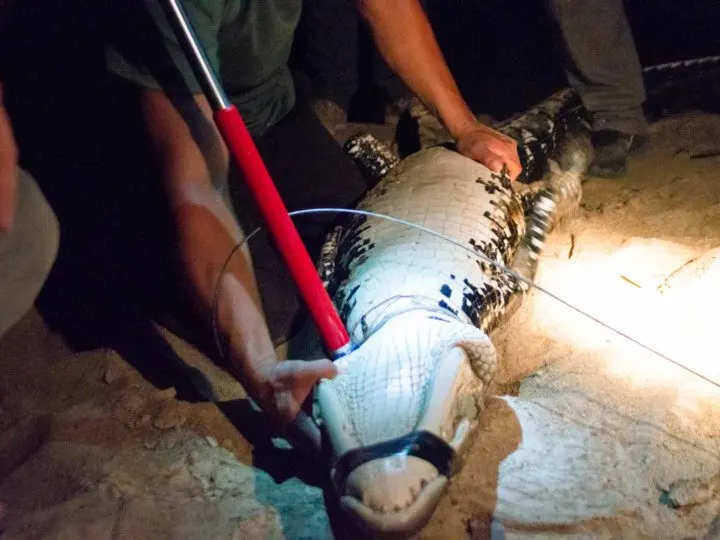
Back at Rewa Eco-Lodge, the community has worked hard to encourage sustainable fishing, thus helping to revive the depleted population of arapaima one of the largest freshwater fish species on the planet. These fish can now be caught – on a catch-a-release basis, of course – at the lodge.
Another tourist lodge, Caiman House in the Rupununi grasslands of Guyana, runs a trailblazing scientific study into the black caiman – with their entire project funded by tourists visiting (and even participating in!) their research.
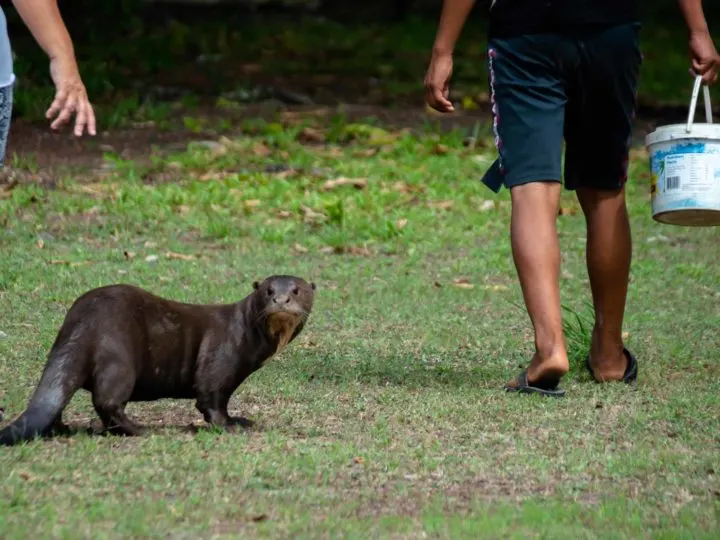
Further down the Rupununi River, Karanambu Lodge has played a pioneering role in giant river otter rehabilitation both in Guyana and around the globe. Lucky guests can often see cubs being reintroduced to the wild right here.
Visiting any of these lodges ensures that you travel responsibly as your money is going directly to organisations dedicated to conservation. There’s no greenwashing here.
8. You encounter a remarkable and unexpected blend of cultures
After only a short time in the country and you’ll already notice that Guyana has a remarkable ethnic blend of people.
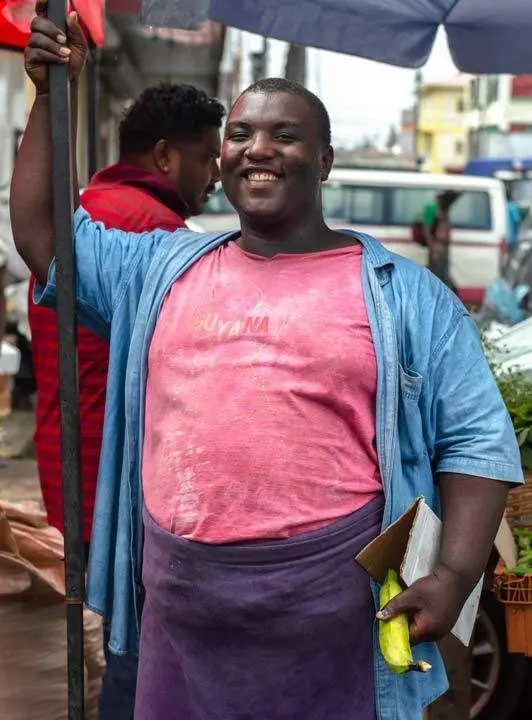
These range from the descendants of African slaves, indigenous Amerindian tribes who survived colonisation, and East Indian settlers who arrived as indentured labourers in the 19th century, as well as a handful of Guyanese whose ancestors were British and Dutch colonists.
Guyana’s culture is unique as a result and evident in everything from the architecture in Georgetown (British), the canal system along the coast (Dutch), to the food and festivities.
Try cassava, a woody shrub better known as manioc that is a staple feature of the Amerindian diet and used to make bread, stews and even wine, or in Georgetown, sample seven curry (a dish of seven types of curry served up on a water lily leaf) whose roots lie in the Indo-Guyanese population.

What’s more, if you visit in March, get involved in the celebrations for Holi, the traditional Hindu festival of colours or head out to the grasslands in the south of the country, where the Rupununi Rodeo celebrates Guyana’s vaquero or cowboy culture each Easter.
9. Tourism is supporting Guyana’s Amerindian communities
Community-led tourism, where local people have a say in how tourism is developed in their regions, is a hugely important and oft-forgotten feature of sustainable tourism. But again, it’s an area in which Guyana is excelling.
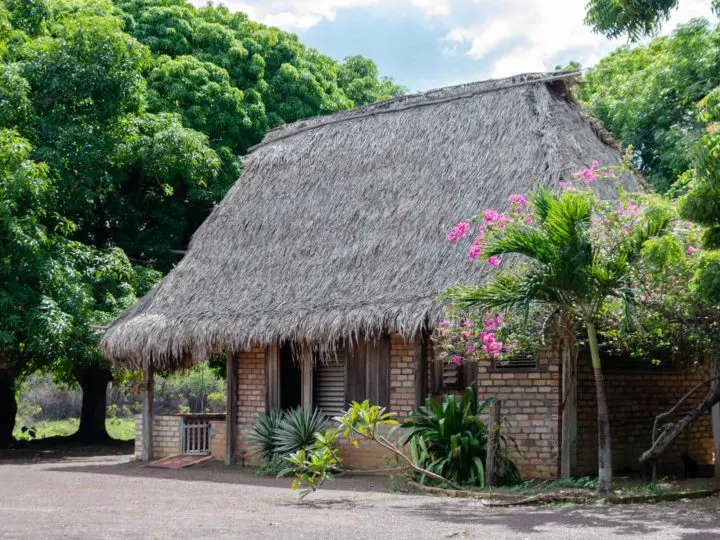
Many of the lodges that you visit during a stay in Guyana are community-led, set up by remote Amerindian villagers as a means to using tourism to both protect the rainforest and provide a sustainable new economy. Others are operated by families, but with employment and other benefits being felt by the wider community.
Wherever you stay, it’s guaranteed you’ll be attended by local guides – most of whom have outstanding knowledge of the jungle.
What’s more, the money you pay goes directly into local pockets or into funds to support village children to go to schools located hours away by boat.
Your spending also ensures young people have job opportunities in their communities and aren’t forced to upend themselves and move across the country for work.
But even deeper, it’s worth noting that by visiting Guyana, every single dollar you spend helps to protect rural communities and, in turn, preserve indigenous cultures and heritage that have been lost in so many other parts of the world.
10. It’s a birdwatcher’s paradise
While other countries in South America might have a greater number of bird species, Guyana’s 877 resident and migrant species promise an impressive opportunity for birdwatchers.
Indeed, ticking off 250 different types of birds in a two-week trip isn’t beyond the scale of possibility, with 200 found in the Botanical Gardens in Georgetown alone.
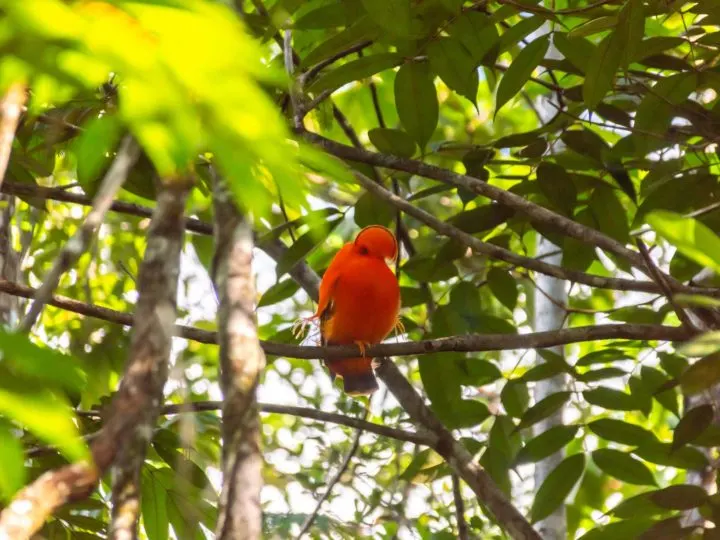
Headline species include the Guianan cock-of-the-rock, of which the bright orange male is the most eye-catching, and the endangered red siskin.
Beyond this, an array of macaws and parrots, herons and grebes, toucans and even the harpy eagle – with its claws that are larger than a bear’s – ensure that every moment spent outside is an opportunity to appreciate rare and impressive species.
11. Communication is never an issue
While in the rest of South America, Spanish or Portuguese are the lingua franca, in Guyana, neither tongue will get you far. Instead, there’s a surprise awaiting you.
As a former British colony, Guyana is the only South American country where the official language is English. I wholeheartedly believe that travelling is more meaningful when you can communicate in the language of the nation you’re visiting.
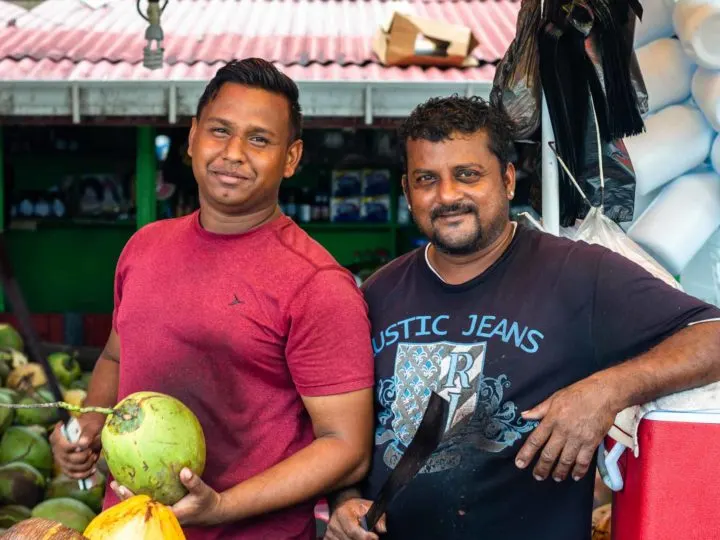
Luckily, in Guyana, this means you can converse with practically everyone you meet.
While not everyone in the country speaks English with fluency, this does make for a truly fascinating opportunity to converse freely with the local people.
Expect to learn everything from ancestral customs to remarkable knowledge of the jungle that has been passed down over millennia.
12. Things are set to change – and fast
Which such a wealth of treasures, there’s no doubt that Guyana will soon become a popular international destination for travellers – and fast.
There are plenty of reasons why Guyana is a must-visit destination in South America, but, following the dark days of the pandemic, 2020 looks set to be the year of rapid change in this long-forgotten nation.
Crude oil was discovered in 2015 and the jury remains out on what impact extracting some eight billion barrels of oil and counting will have on Guyana, its nascent tourism industry and its biggest treasure – the environment.
While there can be no guarantees about what will happen in the next few years, it’s safe to say that the country will never be the same – giving you all the more incentive to travel there as soon as possible.
My trip to Guyana was in partnership with the Guyana Tourism Board and Wilderness Explorers. As always, my opinions (and absolute LOVE of Guyana) are all my own.

Rev Aloy Samuel
Thursday 9th of February 2023
Great indeed, I have long to visit Guyana, that has been my desire but I don't know how to go about it, I even want to serve in the Anglican communion church in Guyana which I I'm qualified as a priest of Anglican Church but I don't have any one to help me out, and I can even come along with my family, I pray that God will connect me one day
Alison
Thursday 12th of January 2023
Wow! Thanks for writing this article about Guyana! I didn't even think about visiting during my South America trip but will now have to check it out. How did you get around? Did you rent a car or take the bus? I will be by myself trying to figure out how to get around this country since it's not very touristy.
Steph Dyson
Thursday 19th of January 2023
Hi Alison, so I went as part of a trip with Wilderness Explorers, who are one of the best tour companies in the country. It's very hard to visit without a tour operator, as there are very few buses and a lot of the best lodges and locations are extremely remote and so very difficult to visit independently. I have heard of people doing it, though, but I don't have a huge amount of advice to give about that! It's definitely a country worth visiting, however! Steph
Katja Kirsch
Wednesday 27th of July 2022
My son works in Georgetown, a contractor. After reading this wonderful piece, I may have to go and visit. I love nature, wildlife and people who live with it not plunder it.
Steph Dyson
Monday 1st of August 2022
Yes you must! Steph
James Pace
Sunday 14th of November 2021
`Hi, love your article. I am in Guyana now for another 10 days, who did you use for your water falls tour?
Steph Dyson
Thursday 25th of November 2021
Hi James, sorry I missed this comment so I don't think my response is going to be very helpful! We went with Wilderness Explorers for all of our trips. I hope you had a great time! Steph
John Staines
Monday 27th of April 2020
Great article on Guyana Steph, a country that interested my wife and I a few years ago but unfortunately we never made it. As nature lovers we have visited a few wonderful areas of Central and South America, luckily driving the Carretera Austral in Chile in November 2019. Guyana still appeals to us as a destination but due to our age (late 60's) we appreciate a little more comfort nowadays rather than some of the fairly basic places experienced in the past. I'm not talking of boutique hotels but good food / showers / electricity are always welcome. Also we tend to be quite independent and are not ones for being shown what we should see however as a nature photographer I know that local guides are invaluable. Can you recommend any reading matter that would give us more insight into accommodation, modes of transport etc. ……..assuming of course we survive Covid 19 !!
Steph Dyson
Thursday 14th of May 2020
Hi John, Bradt have an excellent guide on Guyana which gives you loads of logistical information. Ultimately, you're looking at chartered flights, lots of time in pretty uncomfortable boats (often without shade) and basic lodges that yes do have electricity, showers and excellent food, but you might find tarantulas living in your roof! I do think it's possible to visit the country independently, but you'll save a lot of time and logistical hassle if you book at least some of your trip with a local operator such as Wilderness Explorers (who will give you a 5% discount if you mention Worldly Adventurer). They arrange tours to Kaieteur Falls (which you can't really do without a tour), so can be useful even if you don't want to organise a tour completely with them. I'll be posting more content about Guyana in the near future but feel free to shoot me more questions if you have them! Steph